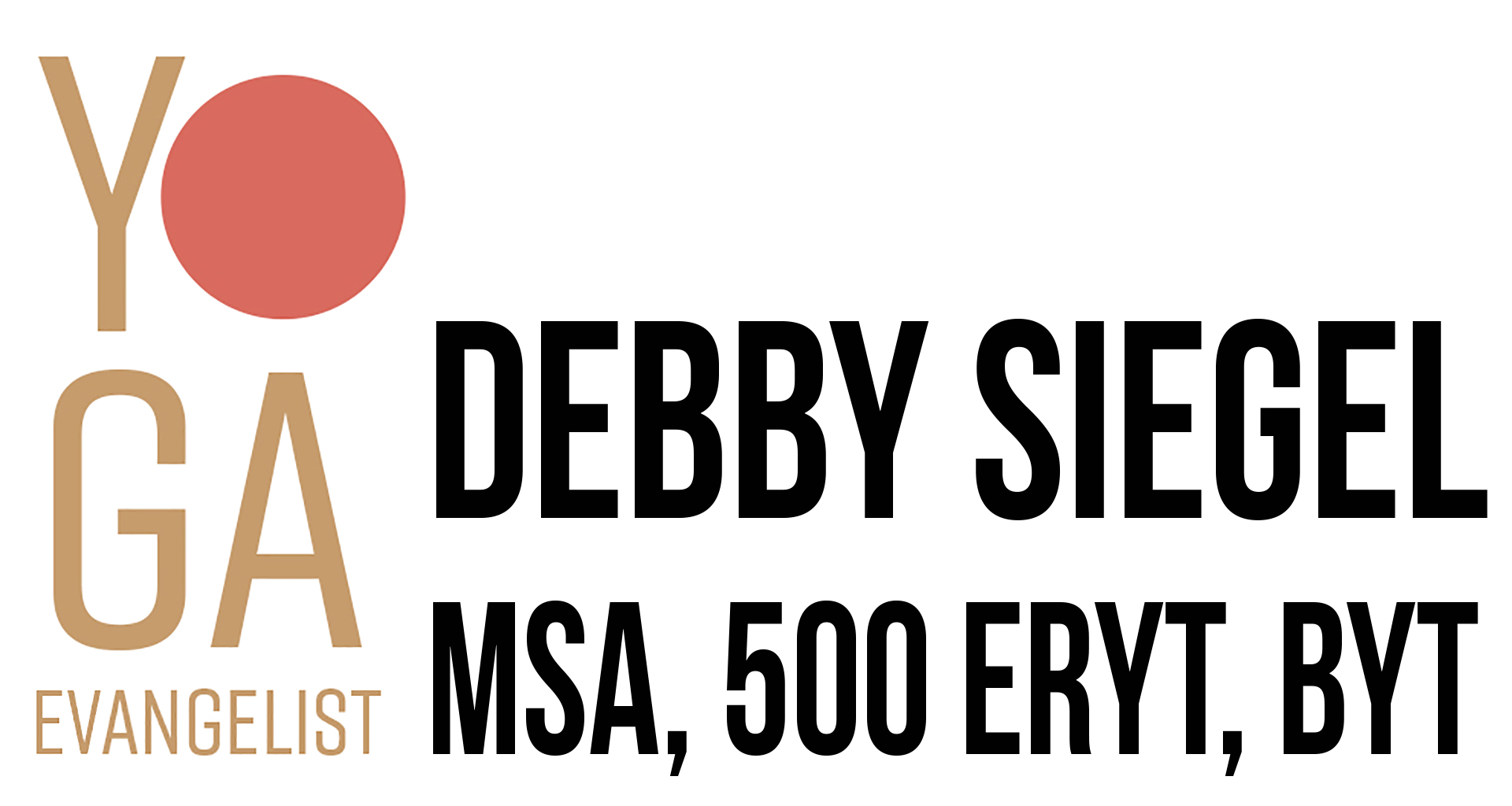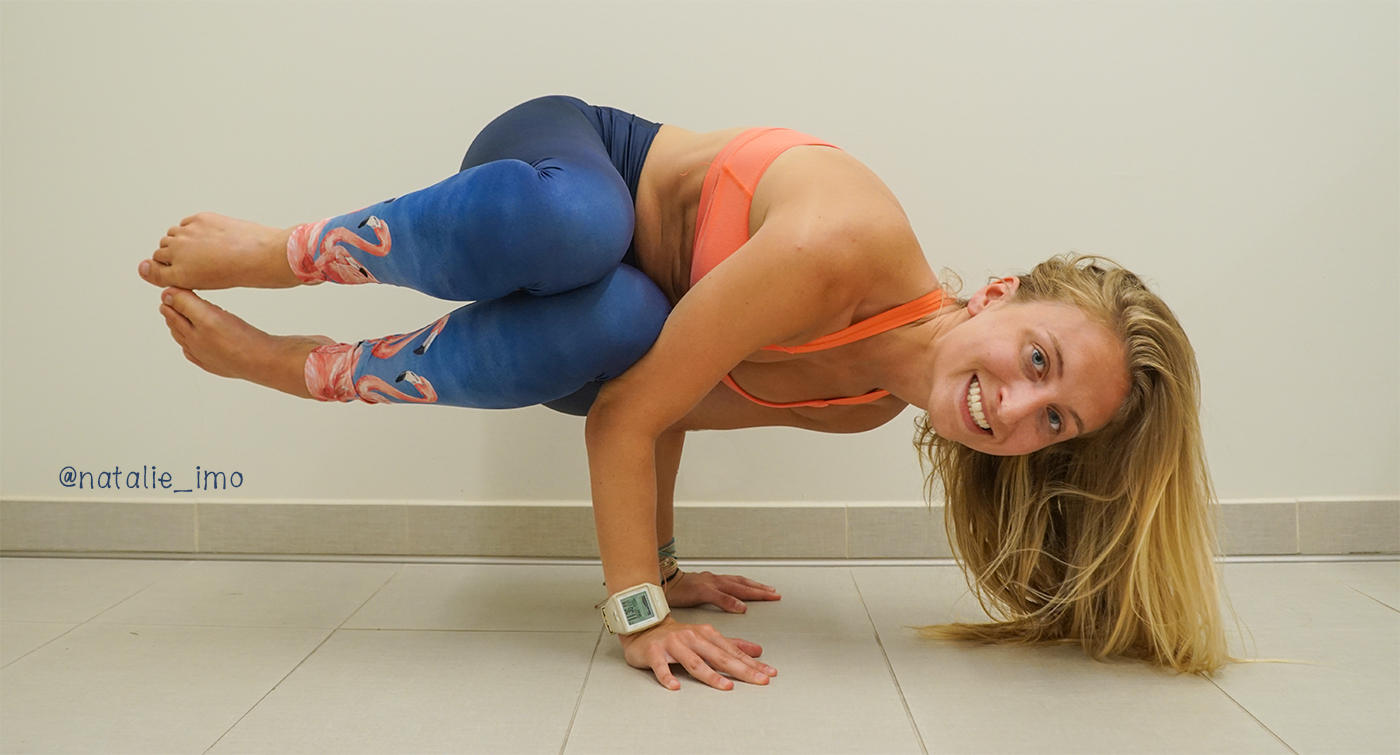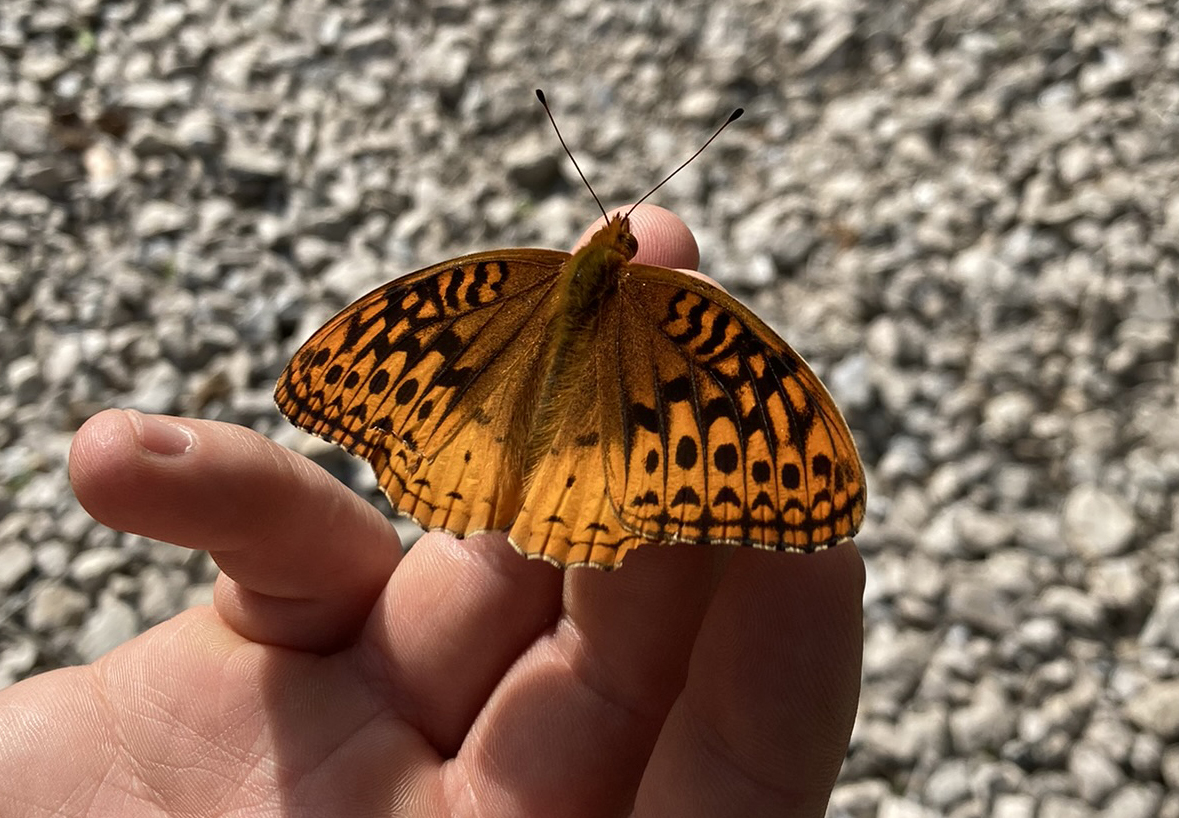According to experts, most people breathe at 10-20 percent of their full capacity. Chronic congestion can be one reason for people not breathing optimally.
When we breathe more deeply and intentionally in yoga class, we inhale through the nose. Our nasal passages are the entrance for prana that life force which comes into the body through the breath. The nose acts as a filter lined using tiny hairs called cilia. They filter humidify and foreign matter (estimates of up to 20 billion particles per day), and they warm or cool air before it enters the lungs.
Once air exits the nose, it passes through our mucus-lined windpipe. This is another avenue to trap unwanted particles before they enter the lungs. Next, air enters the lungs, where the oxygen is pumped into the bloodstream and circulated through the body. In exchange, the air leaving the body carries with it carbon dioxide from the cells, a waste material that is expelled through exhalation.
Restricted breathing greatly decreases respiratory function, which in turn decreases energy levels in the body. Since oxygen is our main source of life, and exhalation a main way to expel toxins from our bodies, poor breathing can contribute to a multitude of health problems, from high blood pressure to insomnia.
So healthy, uncongested breathing is important to ensure proper flow of prana throughout the head and body. When an excess of bodily fluids accumulates in the sinus, throat, nose or head areas, it is best eliminated through the nose.
In addition to examining some forms of breathwork, we will explore the protection and relief offered of Nasya Oil at Desert Retreat in Joshua Tree, October 10-14, 2019. Find out more on NorthernYogaCenter.com.




